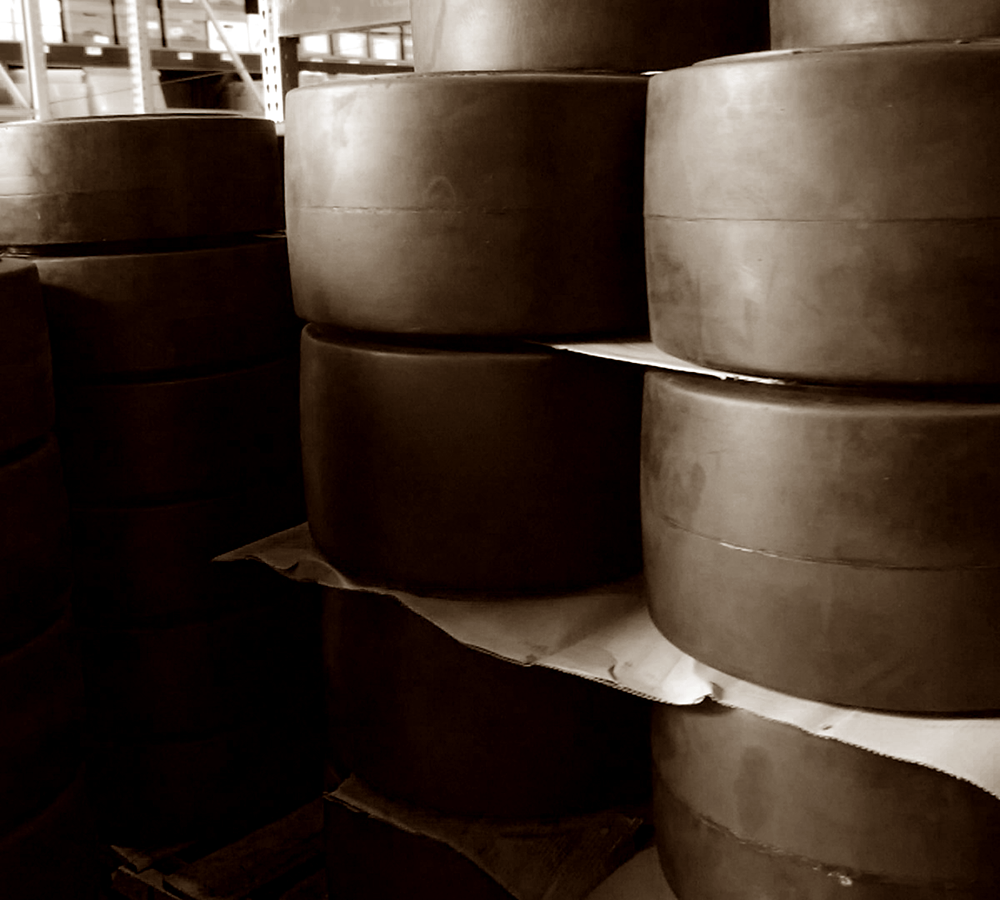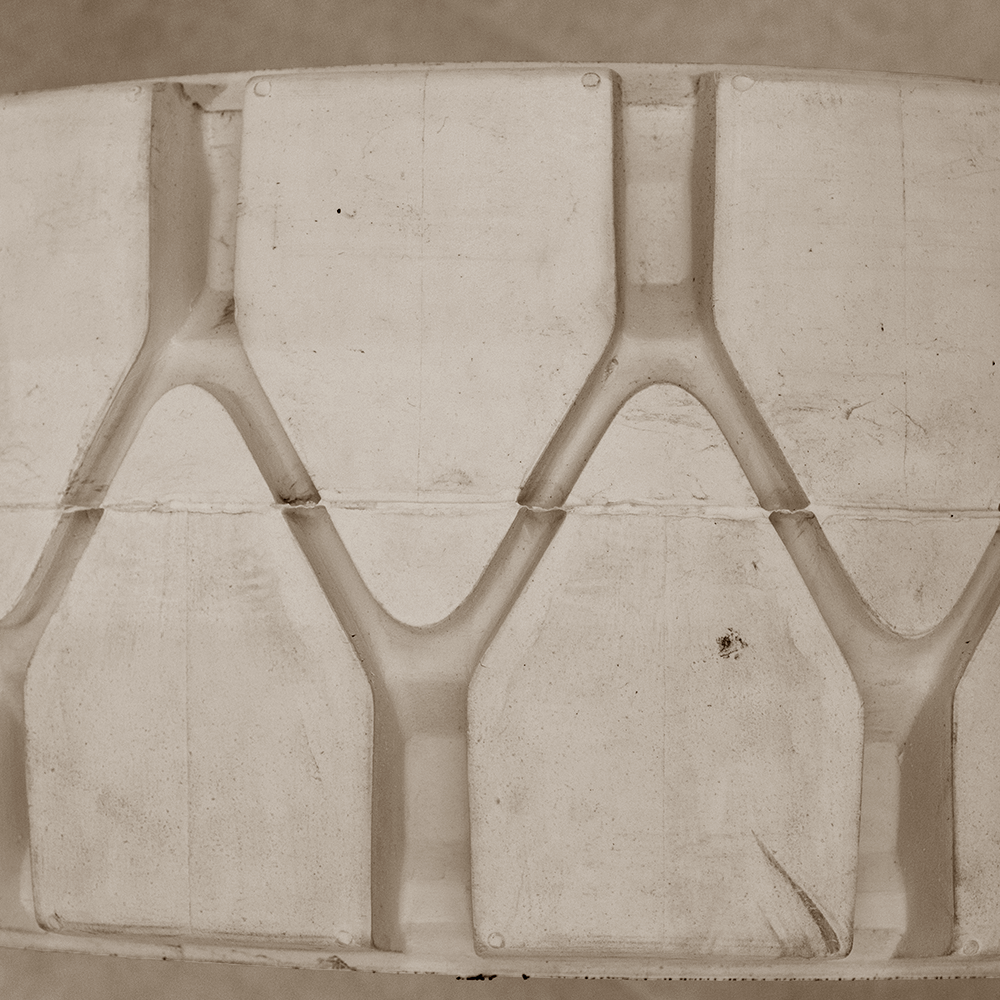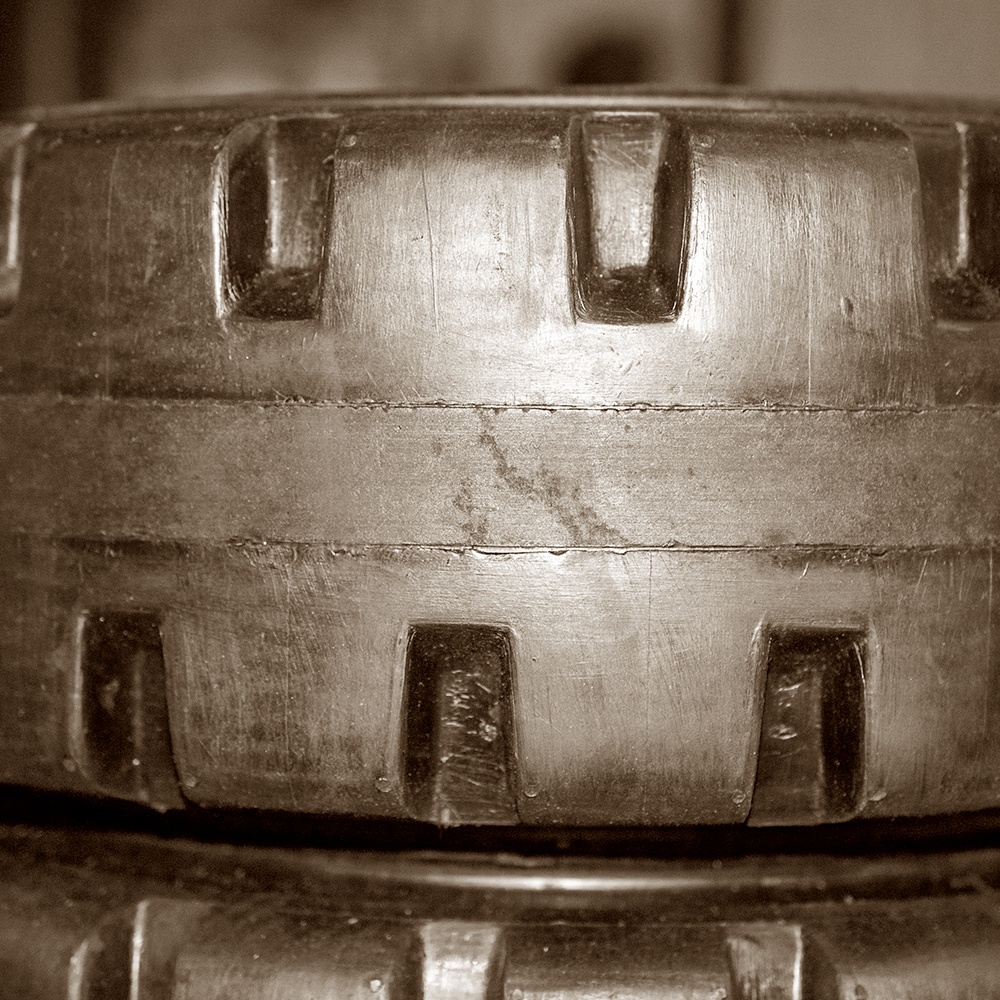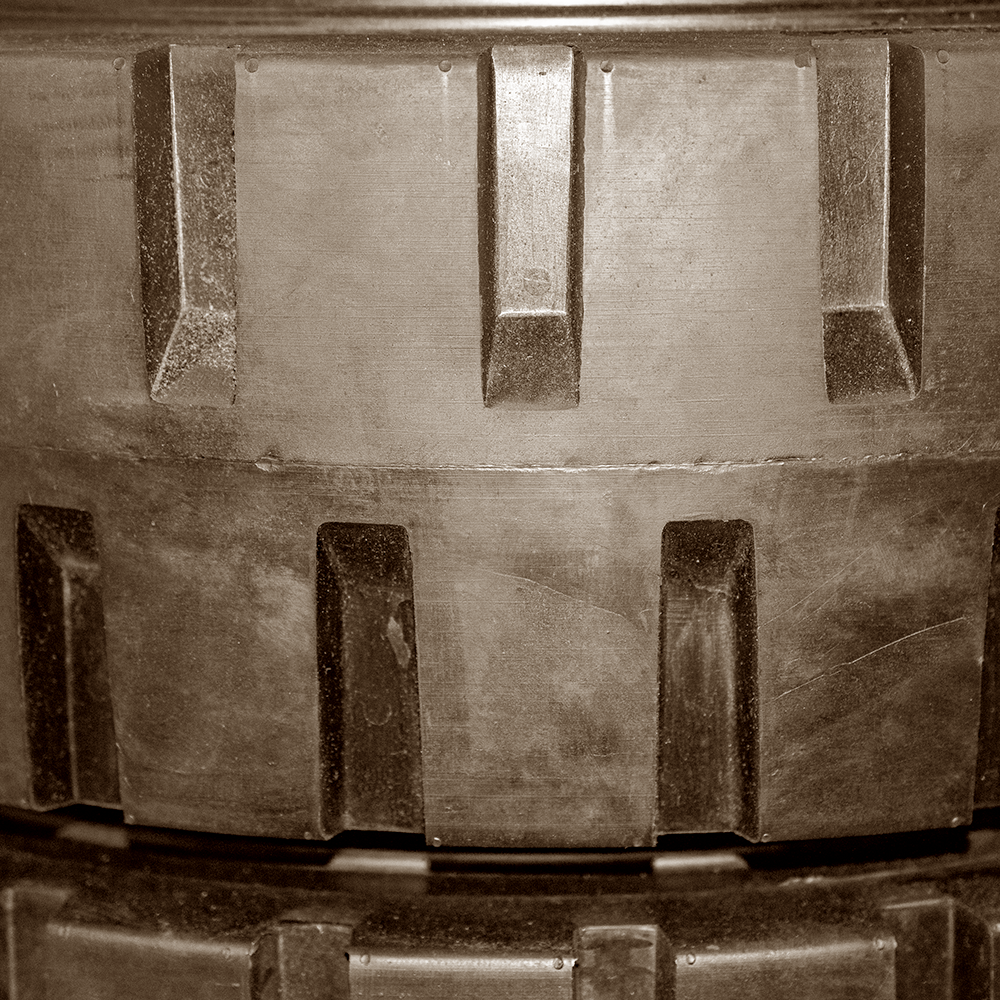Posted by forklifttire.com on 31st Jan 2024
Forklift tires are important for warehouse efficiency and safety, even though they may not be the first thing you think of. Just as shoes affect our feet, forklift tires affect performance and safety for operators.
This article discusses forklift tire tread patterns and their importance. It also covers the different types of patterns available. Choosing the right pattern can improve safety and efficiency in your workspace.
Forklift tires come in various tread patterns, each designed to meet specific operational needs. The type of tire tread on a forklift is crucial for safety and efficiency. It makes a difference whether you are driving on smooth warehouse floors or rough outdoor terrain.
Considering the type of tread is important for optimal performance in different environments. The right tread can help prevent accidents and improve overall productivity.
Types of Forklift Tire Traction
Forklift tire treads are not a one-size-fits-all solution; they vary based on the environment and the tasks at hand. Understanding these variations is key to optimizing your forklift's performance and ensuring the safety of your operations. Let's delve into the most common types of forklift tire treads.
Smooth Tread
Smooth treads are ideal for indoor use, particularly in warehouses with concrete or epoxy-coated floors. Their design minimizes damage to the floor while providing sufficient traction for standard operations. However, they might not be the best choice in wet or oily conditions, where slip resistance is crucial. Smooth treads on tires give better traction than other treads because they have more surface contact with the ground.

Industrial Deep Lug Traction Tread
Industrial Deep Lug is the standard tread on forklift tires for outdoor use or on uneven surfaces. The grooves provide enhanced grip, reducing the risk of slippage in wet or muddy conditions. They are particularly beneficial in construction sites, lumber yards, or any outdoor setting with challenging terrain.

Bar Grip aka Non-Directional Traction Tread (NDT)
Bar Grip, or non-directional treads, is a popular lugged traction popular in cushion press-on tires for forklifts. This was the first type of traction tread that became popular in the 20th century, also known as "military tread". We recommend using Smooth cushion tires indoors for the best traction, even though other options are available.


Poly Press-On Tire Treads
Polyurethane treads offer a balance between durability and floor protection. They are harder than rubber tires, providing a longer lifespan and better resistance to splitting or tearing. These tires are well-suited for light to medium-duty indoor applications, offering a smooth ride and good traction. We offer material embedding, siping, and other traction types for polyurethane tires upon request.
FAQs
Consider what factors when choosing forklift tire treads?
Consider the location and conditions of use when selecting forklift tires. Consider the weight of the items you are lifting and how often you need to move them. Also, take into account the weather and the type of ground the forklift will be operating on.
What cushion forklift tire tread is best for indoor warehouse applications?
Smooth tires offer more floor surface contact, and provides better traction in most clean indoor warehouse applications
Can we use the same tread pattern for both indoor and outdoor operations?
Some tire patterns can work in different environments. However, experts recommend selecting treads that are specifically designed for the intended use. This is important for ensuring safety and maximizing efficiency.





